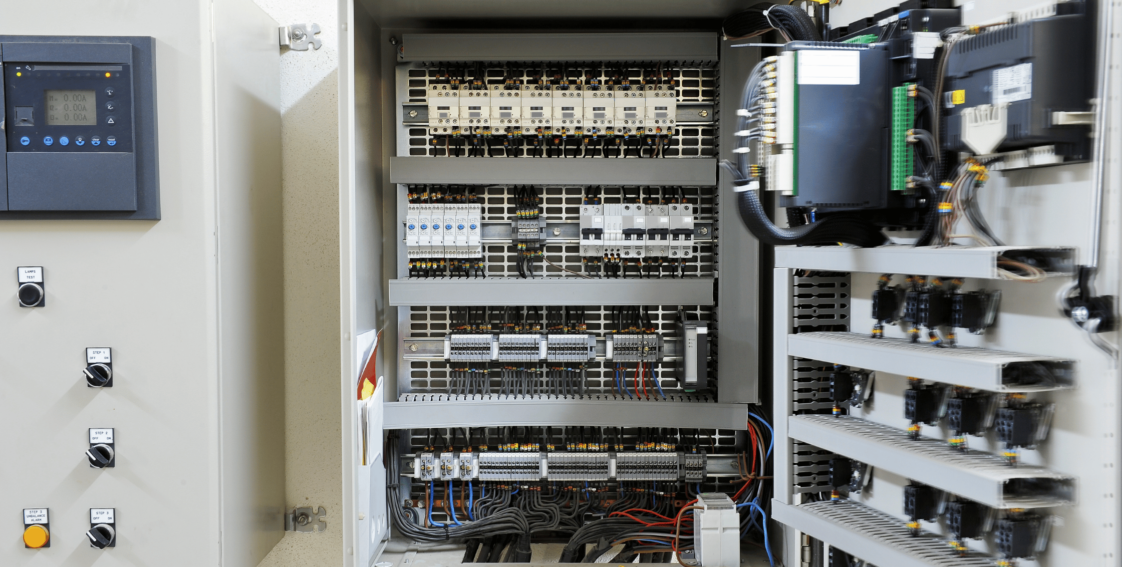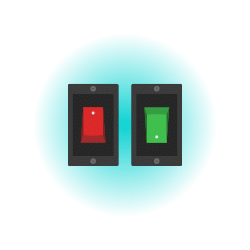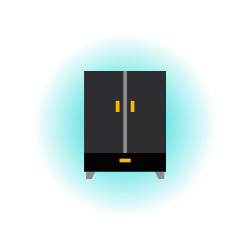
7 Most Common Control Panel Components and their Definitions
A control panel is a set of devices or interfaces that allow operators to monitor and control various systems and processes. There are several key control panel components, including:

1. Displays
These are the screens or panels that show the status of the system or process. Displays can be analog or digital and may include gauges, meters, and indicator lights.
2. Input devices:
These are the buttons, switches, and other devices that operators use to input commands or make adjustments to the system or process. Common input devices include push buttons, toggle switches, and potentiometers.

3. Output devices:
These are the devices that respond to the commands and adjustments made by the operator. Output devices can include relays, solenoids, and actuators.

4. Control logic:
This is the brain of the control panel, responsible for interpreting the inputs and executing the appropriate outputs. You can achieve control logic through relays, programmable logic controllers (PLCs), and other types of controllers.

5. Communications:
To facilitate communication between the control panel and other systems, devices, or operators, control panels may include a variety of communication interfaces such as RS-232, RS-485, Ethernet, and Modbus protocol.

6. Power Supply:
Control panels typically require a power supply to provide power to the various components. This can include both AC and DC power supplies and may include battery backup systems.

7. Enclosures:
Control panels are often housed in enclosures to protect the components from environmental factors such as dust, moisture, and extreme temperatures. Enclosures can be made from materials such as aluminum, steel, or plastic.
These are the most common control panel components that can be used in industrial, commercial, and residential settings, yet the specific components can vary depending on the application and the system being controlled. At MIS, we are experts in control panel assembly; fitting all the puzzle pieces together for a complete project. To learn more about how MIS can help you take back control, contact us today!



